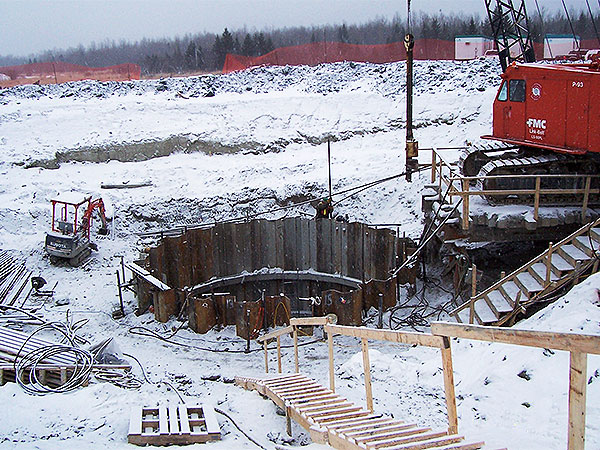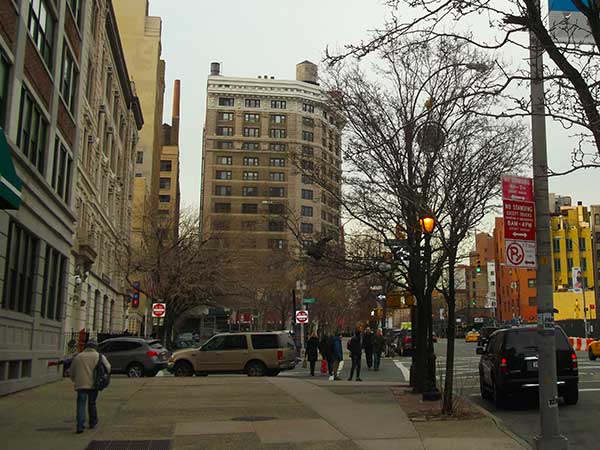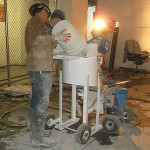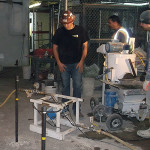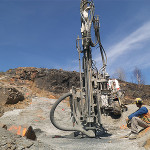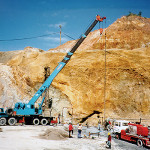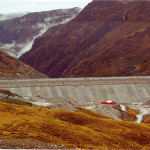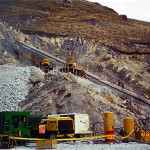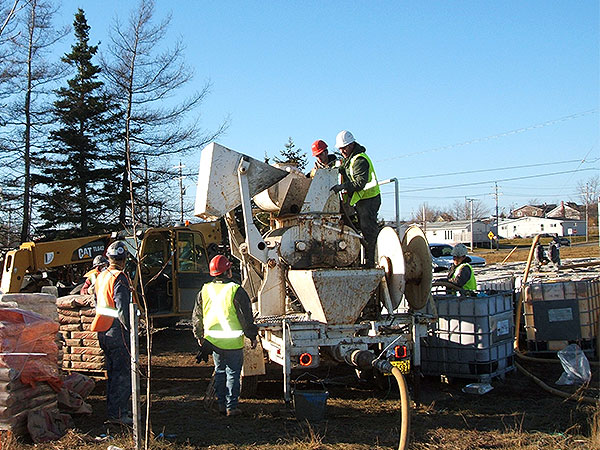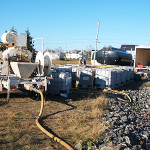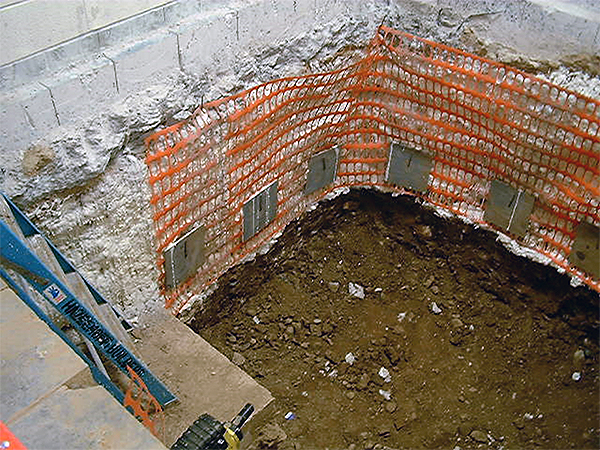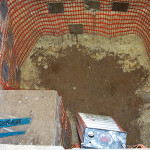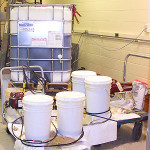Case description
A new mine shaft was being constructed through deep overburden consisting of heavy clay layers on top of fractured bedrock.
The general contractor had driven sheet piles into bedrock and was in the process of excavating the shaft collar when soil migration was observed at the interface between sheet pile perimeter wall and underlying rock strata, resulting in a delay in construction.
The contractor was able to excavate within the shaft collar on day shift but overnight and on weekends, the surrounding clays would gradually seep through openings beneath the sheet piles and partially refill the shaft collar.
Solution
Vertical steel pipes were driven with the pile driver down to the bedrock interface around the outside of the sheet pile perimeter and a thick cement grout was injected to compact disturbed soil conditions and create stable lenses of cement grout at the overburden/rock interface. As compaction grouting progressed and increased grouting pressures were achieved, the vertical grout pipes were systematically raised to create columns of stable material within a few meters above the bedrock interface.
Following compaction grouting operations around the perimeter of the shaft collar, the general contractor was able to complete shaft collar excavation to bedrock interface without further creep of surrounding clay materials and to proceed with shaft collar construction.

